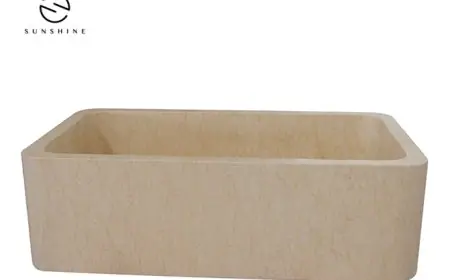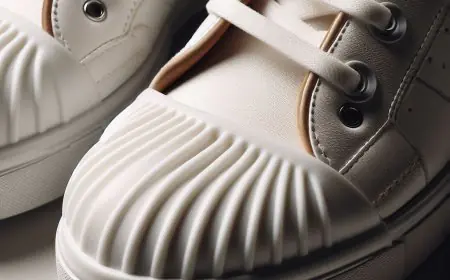When it comes to automotive restoration or simply giving your vehicle a fresh new look, understanding the role of automotive paint removers and sealers is vital. This guide will walk you through the essentials of these two critical products, offering practical insights, expert tips, and answers to common questions to ensure you achieve a flawless finish.
Understanding Automotive Paint Remover
Automotive paint remover is your go-to solution for stripping away old or damaged paint from your vehicle’s surface. Whether you're preparing your car for a new paint job or restoring it to its original glory, paint removers play a pivotal role in achieving a smooth and clean surface.
Why Use a Paint Remover?
- Surface Preparation: A clean, bare surface ensures that new paint adheres properly, reducing the chances of peeling or flaking in the future.
- Error Correction: If the existing paint job has flaws, such as uneven layers or drips, a paint remover can help you start fresh.
- Restoration Projects: For classic car restorers, removing old paint is often the first step in bringing a vehicle back to life.
Choosing the Right Paint Remover
Selecting the right paint remover depends on several factors:
- Surface Type: Ensure the remover is compatible with the material you’re working on, whether metal, plastic, or fiberglass.
- Paint Layers: Consider how many layers of paint need to be removed. Some removers are designed for light jobs, while others can tackle multiple layers at once.
- Environmental Impact: If you’re concerned about fumes and environmental harm, opt for an eco-friendly remover that’s less toxic.
Application Tips
- Protective Gear: Always wear gloves, goggles, and a mask to protect yourself from harsh chemicals.
- Ventilation: Work in a well-ventilated area or outdoors to avoid inhaling fumes.
- Test a Small Area: Before applying the remover to the entire surface, test it on a small, inconspicuous area to ensure it works as expected.
The Importance of Automotive Paint Sealer
Once the old paint is removed and the new paint applied, a paint sealer is the next crucial step. A paint sealer locks in the fresh paint, providing a protective barrier against environmental damage and ensuring your vehicle's new look lasts longer.
Benefits of Using a Paint Sealer
- Enhanced Durability: Sealers protect the paint from UV rays, moisture, and chemicals that can cause fading, corrosion, or peeling.
- Improved Finish: A sealer can add depth and shine to your paint job, making the color appear more vibrant and polished.
- Ease of Maintenance: Sealed paint is easier to clean and maintain, as the smooth surface repels dirt and grime.
Choosing the Right Sealer
Not all sealers are created equal. Here’s what to consider:
- Type of Paint: Make sure the sealer is compatible with the type of paint you've used—whether it's acrylic, enamel, or urethane.
- Climate Considerations: If you live in a region with extreme weather conditions, choose a sealer specifically formulated to withstand those elements.
- Finish Preference: Sealers come in different finishes—gloss, matte, or satin—so pick one that matches your desired look.
Application Process
- Prep the Surface: Ensure the paint is fully cured (usually 24-48 hours after application) and the surface is clean.
- Apply Evenly: Use a spray gun for the best results, applying the sealer in thin, even coats.
- Allow Proper Drying: Follow the manufacturer’s instructions for drying time between coats and before handling the vehicle.
FAQs on Automotive Paint Removers and Sealers
Q: Can automotive paint remover damage my car?
A: If used incorrectly, strong paint removers can damage surfaces, especially plastic or fiberglass. Always read the product label and conduct a patch test.
Q: How many coats of paint sealer should I apply?
A: Generally, two to three coats are sufficient for optimal protection, but this can vary depending on the product and your vehicle's exposure to harsh conditions.
Q: What’s the difference between a paint sealer and a clear coat?
A: A paint sealer is applied before the clear coat to enhance adhesion and protect the paint, while a clear coat is the final layer that adds shine and extra protection.
Q: How do I remove paint remover residue before painting?
A: Use a recommended solvent or simply wash the area with water and allow it to dry thoroughly before applying new paint.
Q: Can I use a paint sealer on old paint?
A: Yes, but it’s best to polish and clean the old paint thoroughly before applying the sealer for the best results.
Final Thoughts
Using automotive paint removers and sealers correctly is essential for achieving a professional-grade finish on your vehicle. By choosing the right products and applying them properly, you can enhance your car’s appearance, protect it from the elements, and ensure the paint job lasts for years to come.
Whether you’re a DIY enthusiast or working on a professional restoration project, mastering these tools will elevate the quality of your work and ensure your vehicle looks its absolute best.



























































































